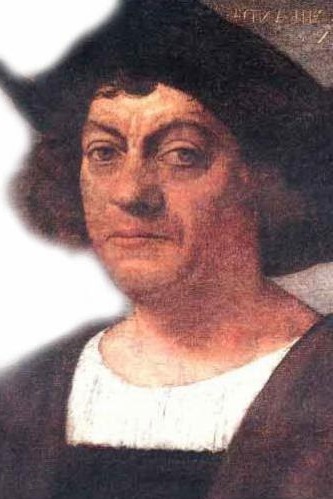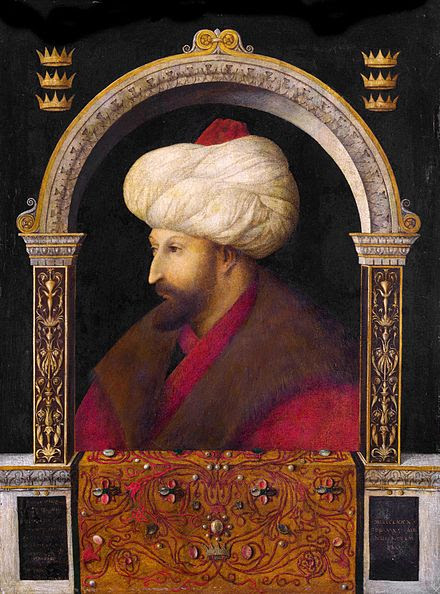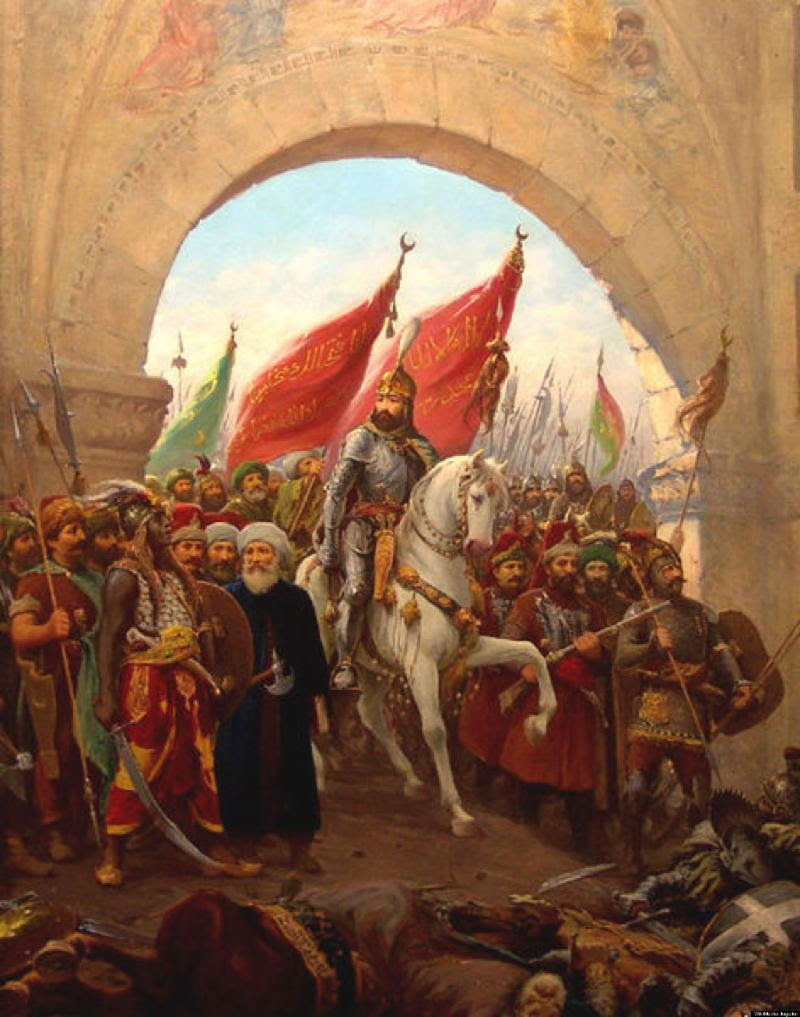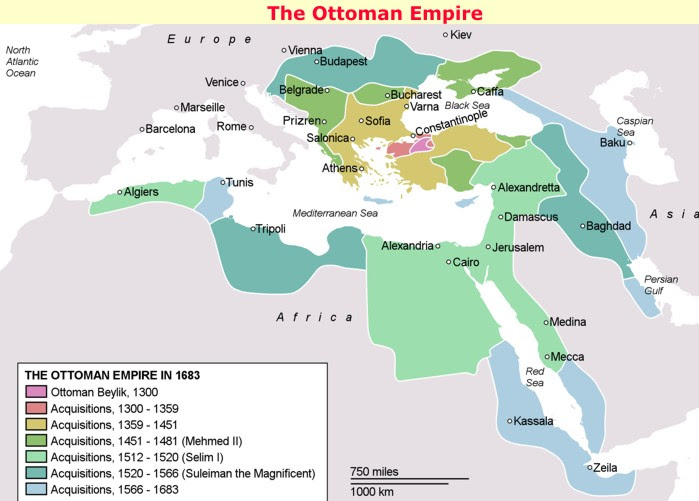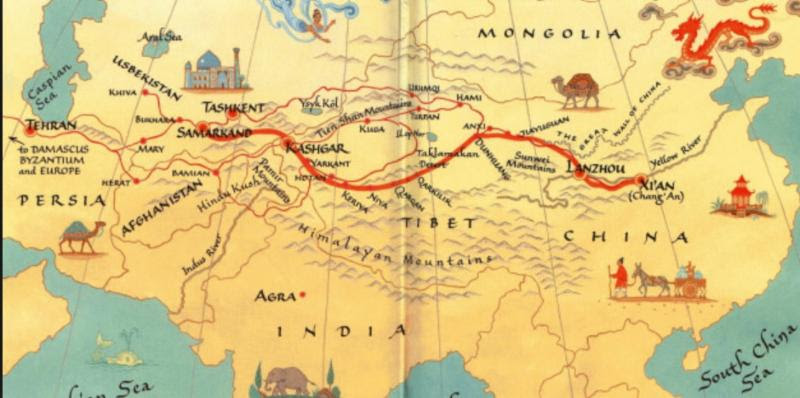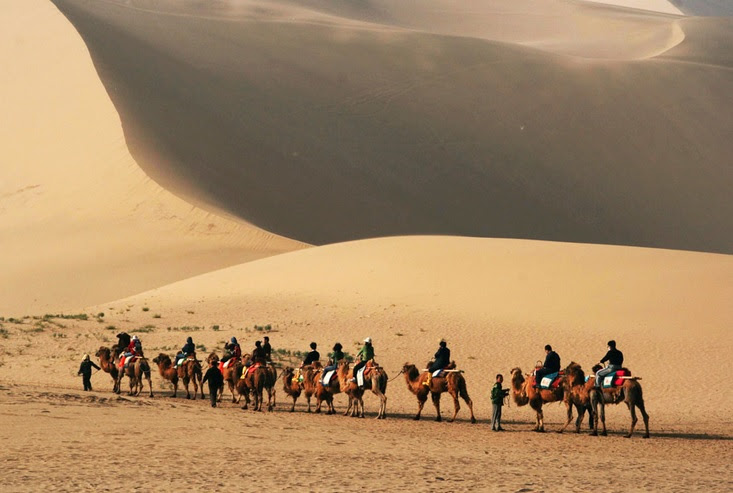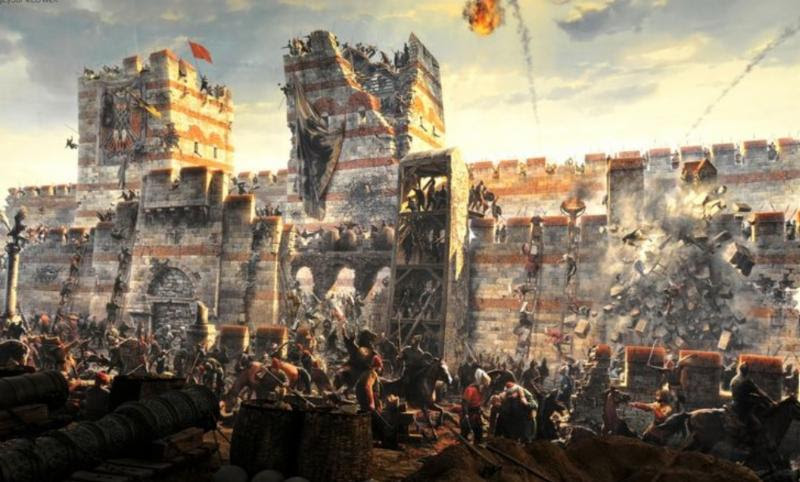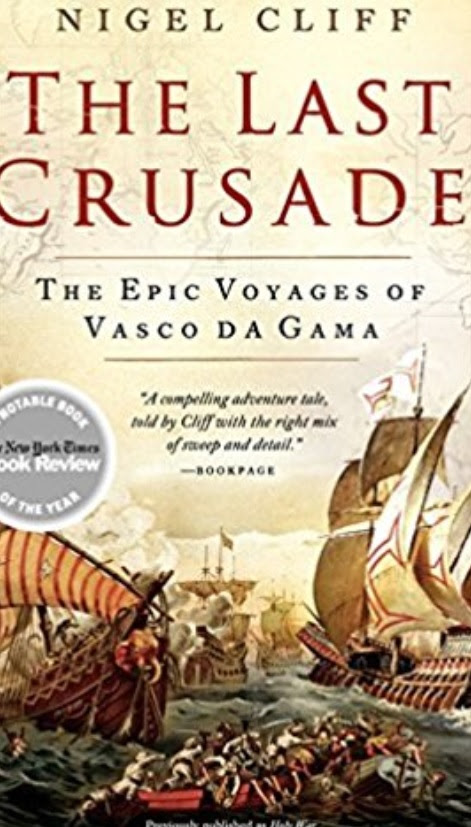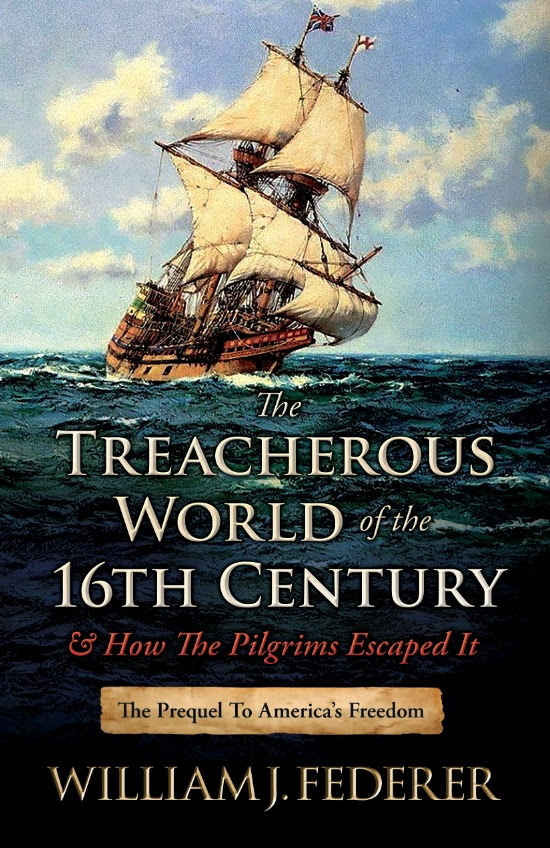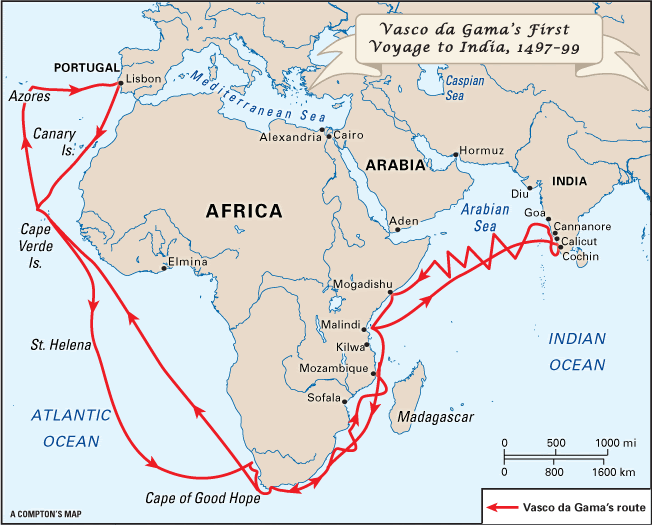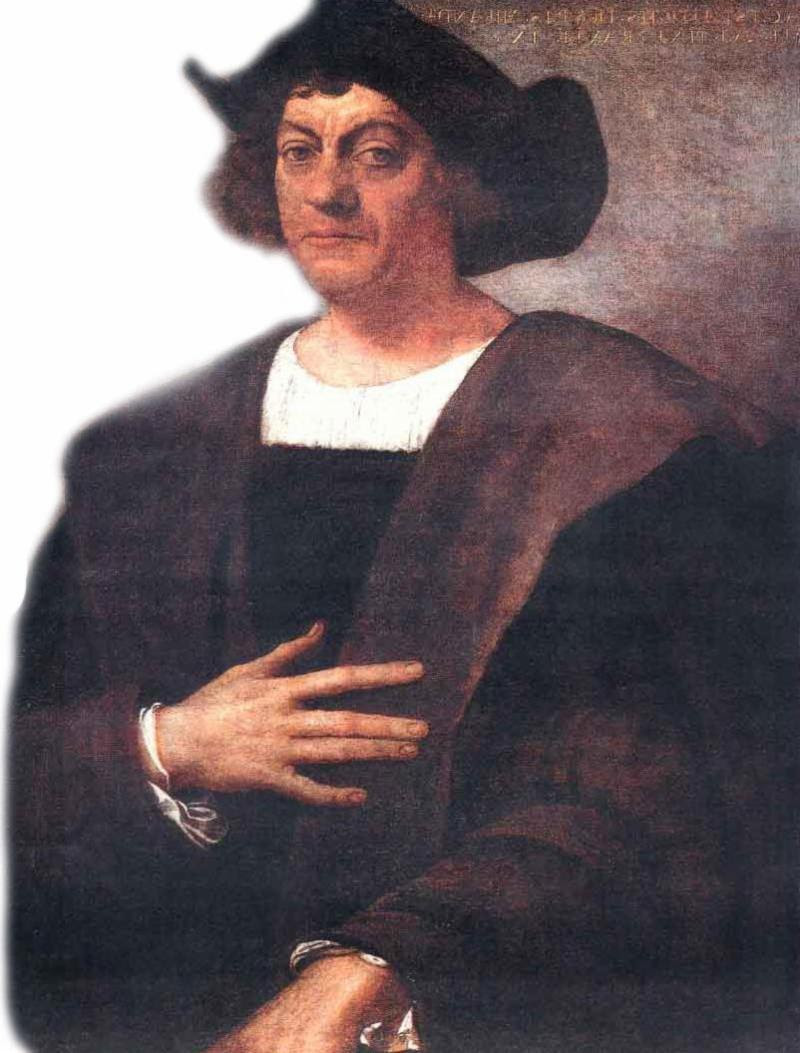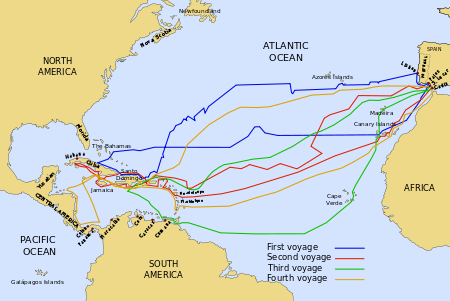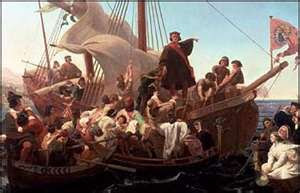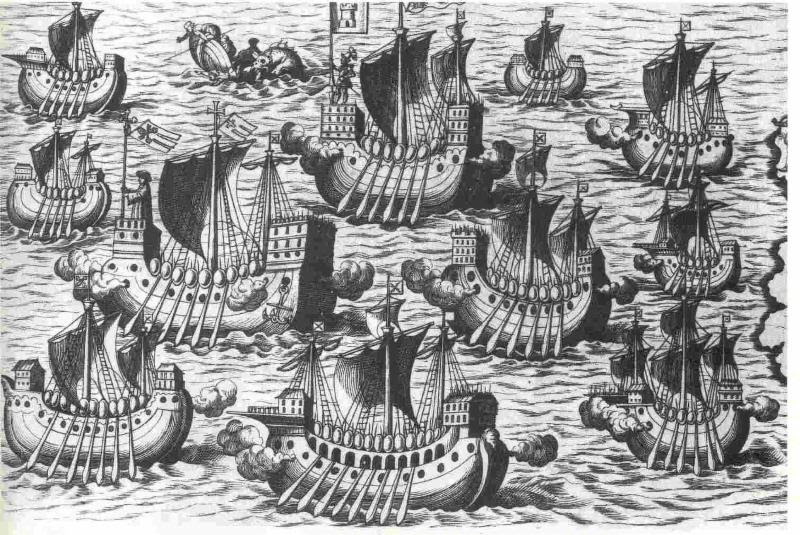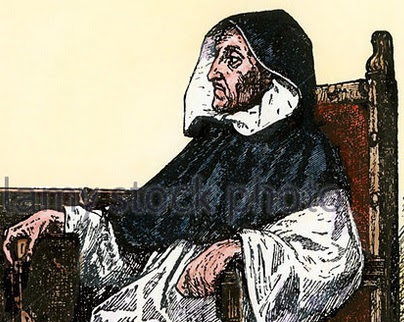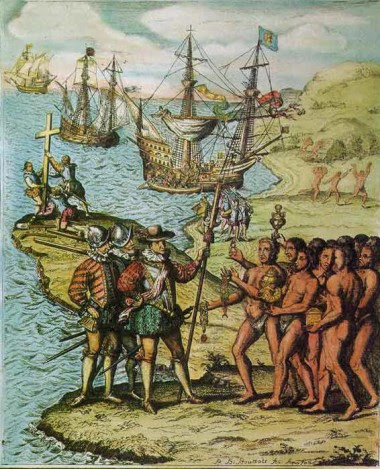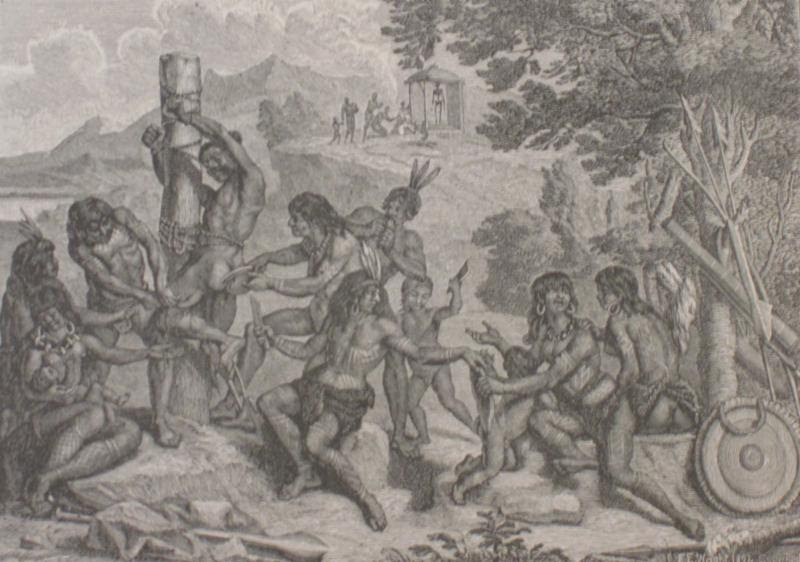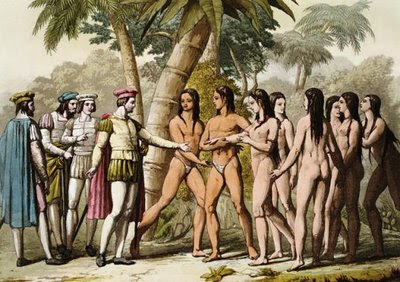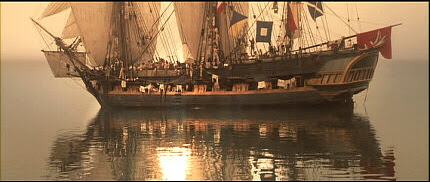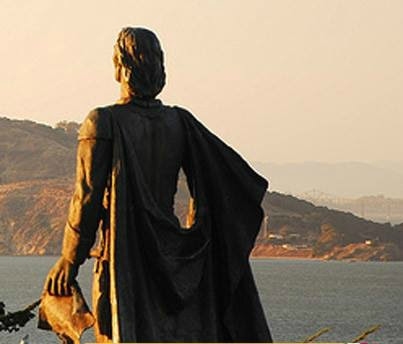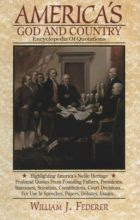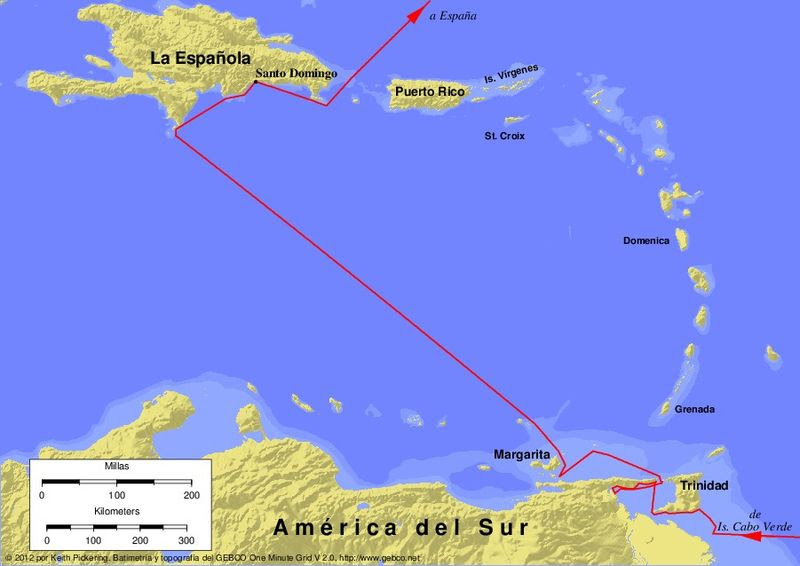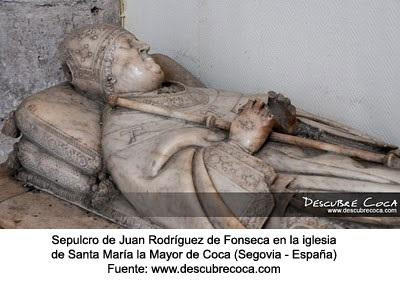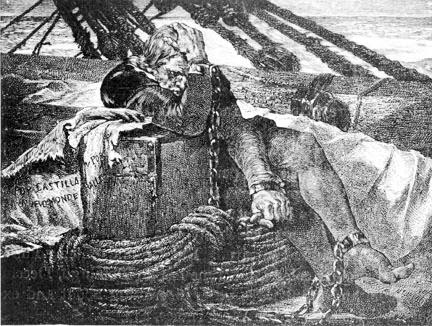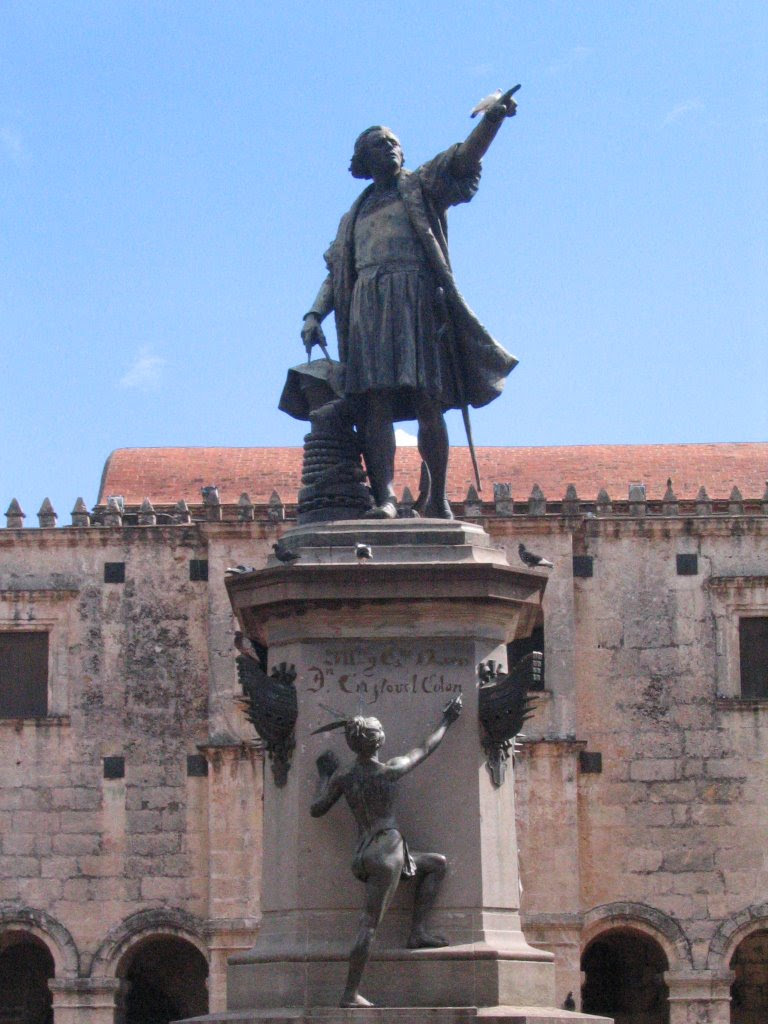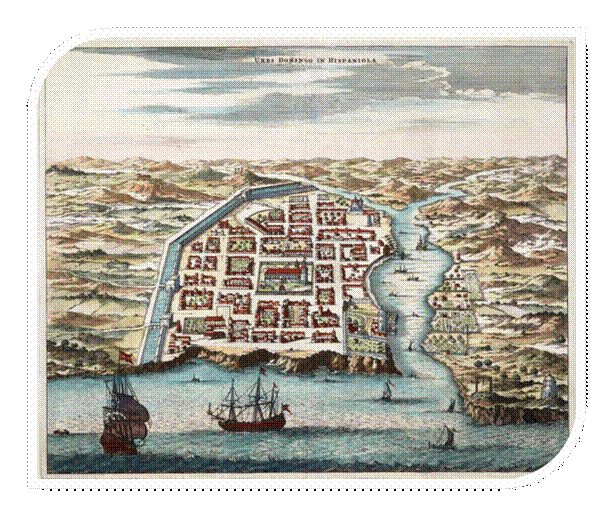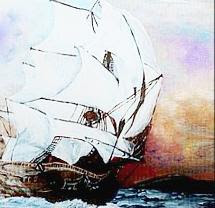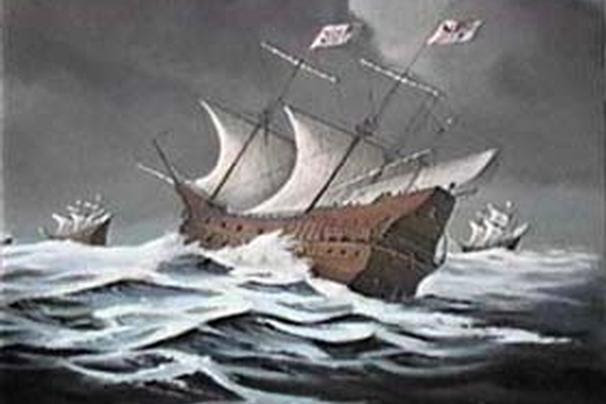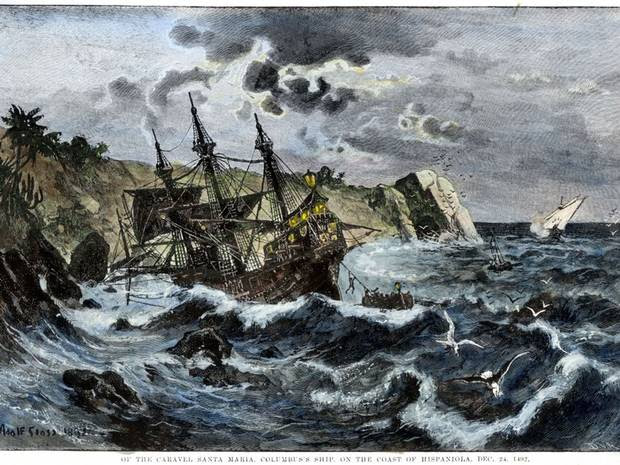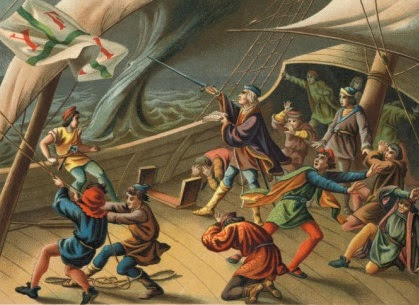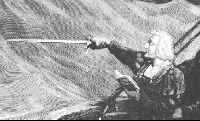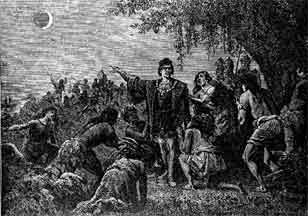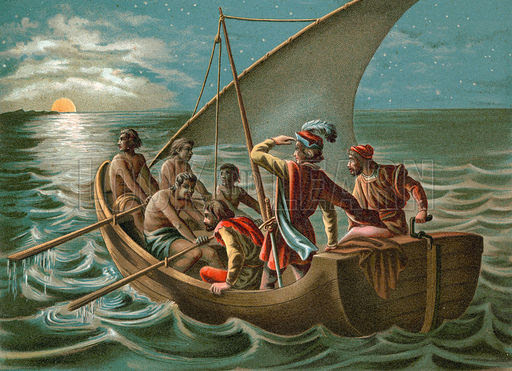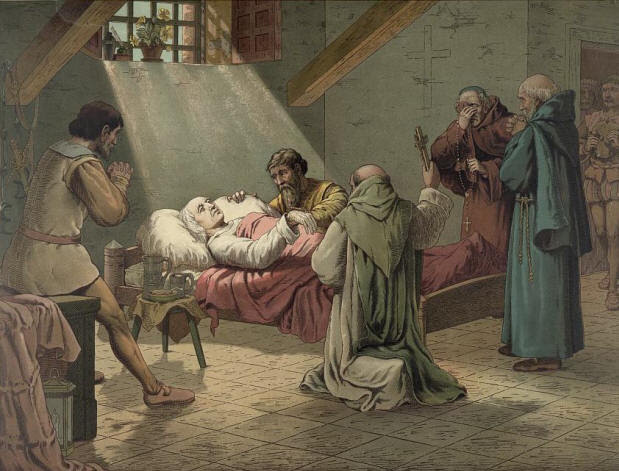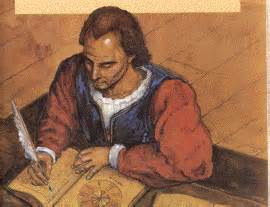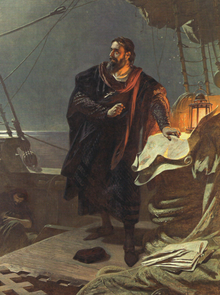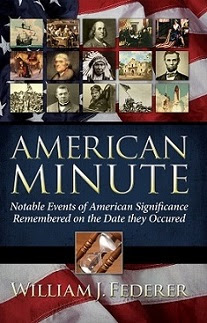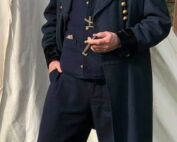American Minute with Bill Federer Voyages that Changed the World
|
|
|
|
|
|
|
|
|
|
|
|
|
|
|
|
|
|
|
|
|
|
|
|
|
|
|
|
|
|
|
|
|
|
|
|
|
|
|
|
|
|
|
|
|
|
|
|
|
|
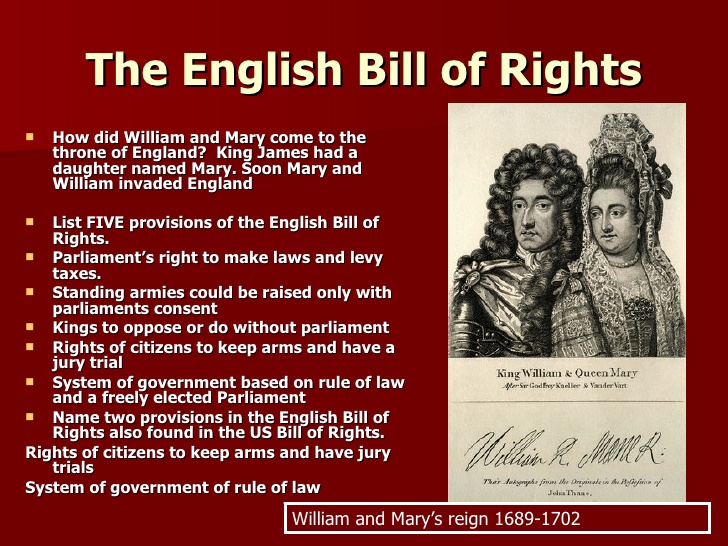 The English Bill of Rights was an act signed into law in 1689
The English Bill of Rights was an act signed into law in 1689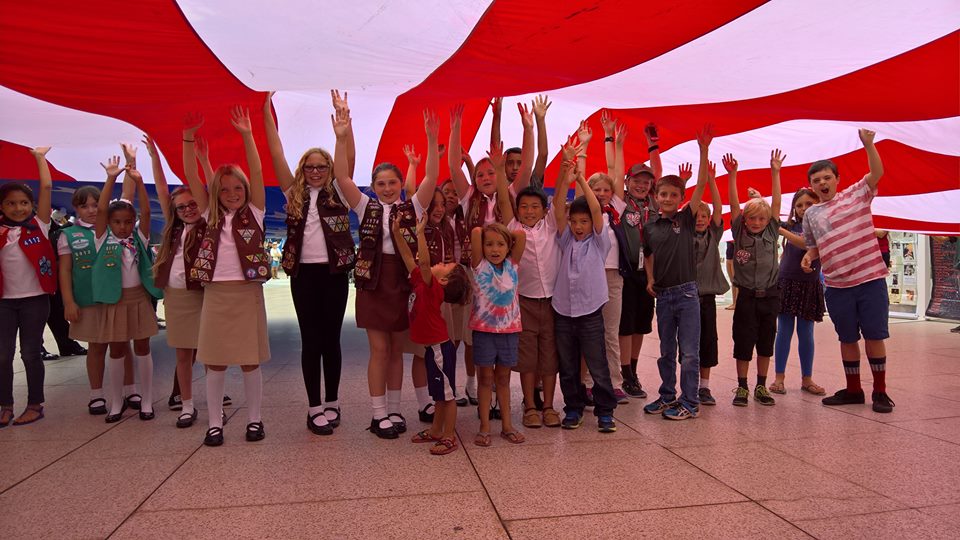 Teach Your Kids Flag Etiquette
Teach Your Kids Flag EtiquetteRecent Posts
Why I Teach History and Why You Should Care
Historians are storytellers who, through captivating writing, construct narratives of the past using various sources, methodologies, and statistics. They don’t merely dust off old archives and declare what happened from these. Historians have a dynamic […]
Service & Dedication of Jose Garcia Acosta, A Disabled American Veteran
CLOUDS OF HEROES with all my respect, GSMC (SW) Jose G. Acosta United States Navy D.A.V.
Returning God to America’s Story: American Statesman Blog Talk Radio
In the bustling world of American media, voices advocating for the education and empowerment of the nation’s youth sometimes shine less brightly than others. However, on a recent segment of American Statesman Blog Talk Radio, […]
The Jerry Russell Civil War Preservation Memorial Award – General Ulysses S. Grant
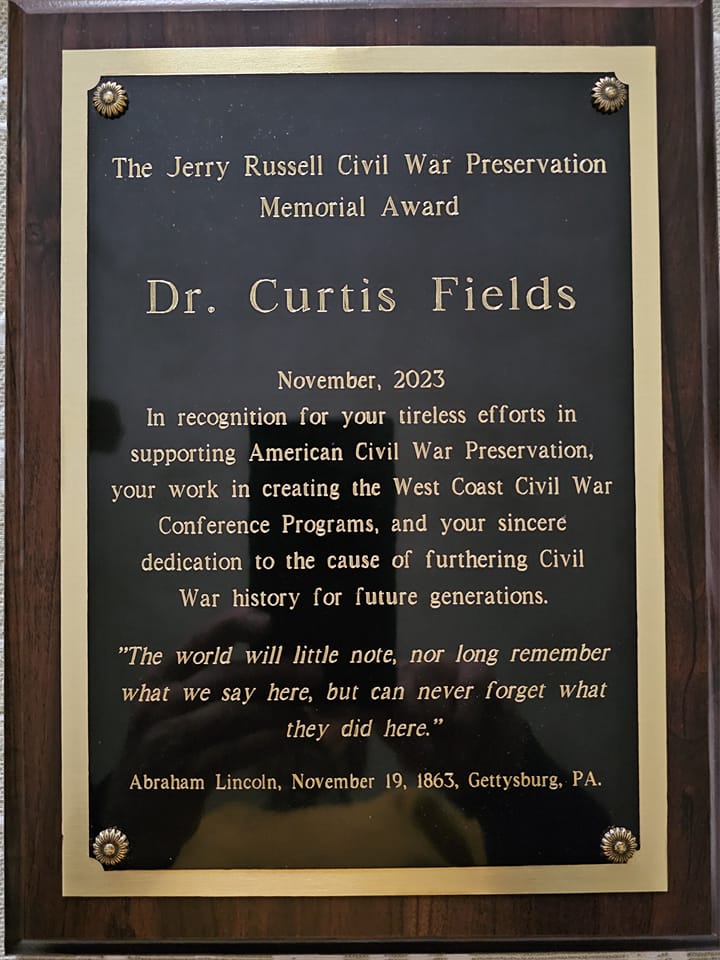
General Grant, “I take a great deal of pride (with an equal dose of humility) to bring to your attention this award given me by the West […]
First National Day of Thanksgiving
First National Day of Thanksgiving on Thursday, December 18, 1777

